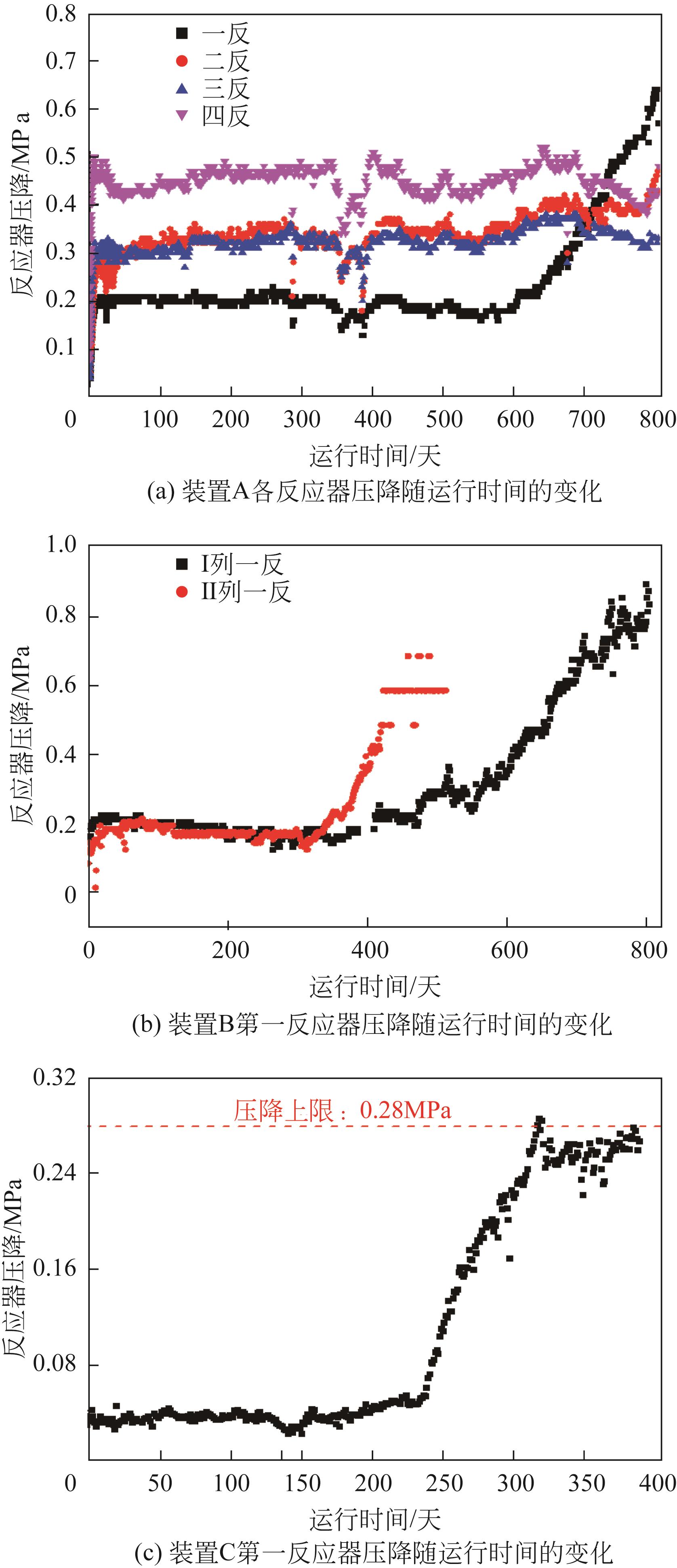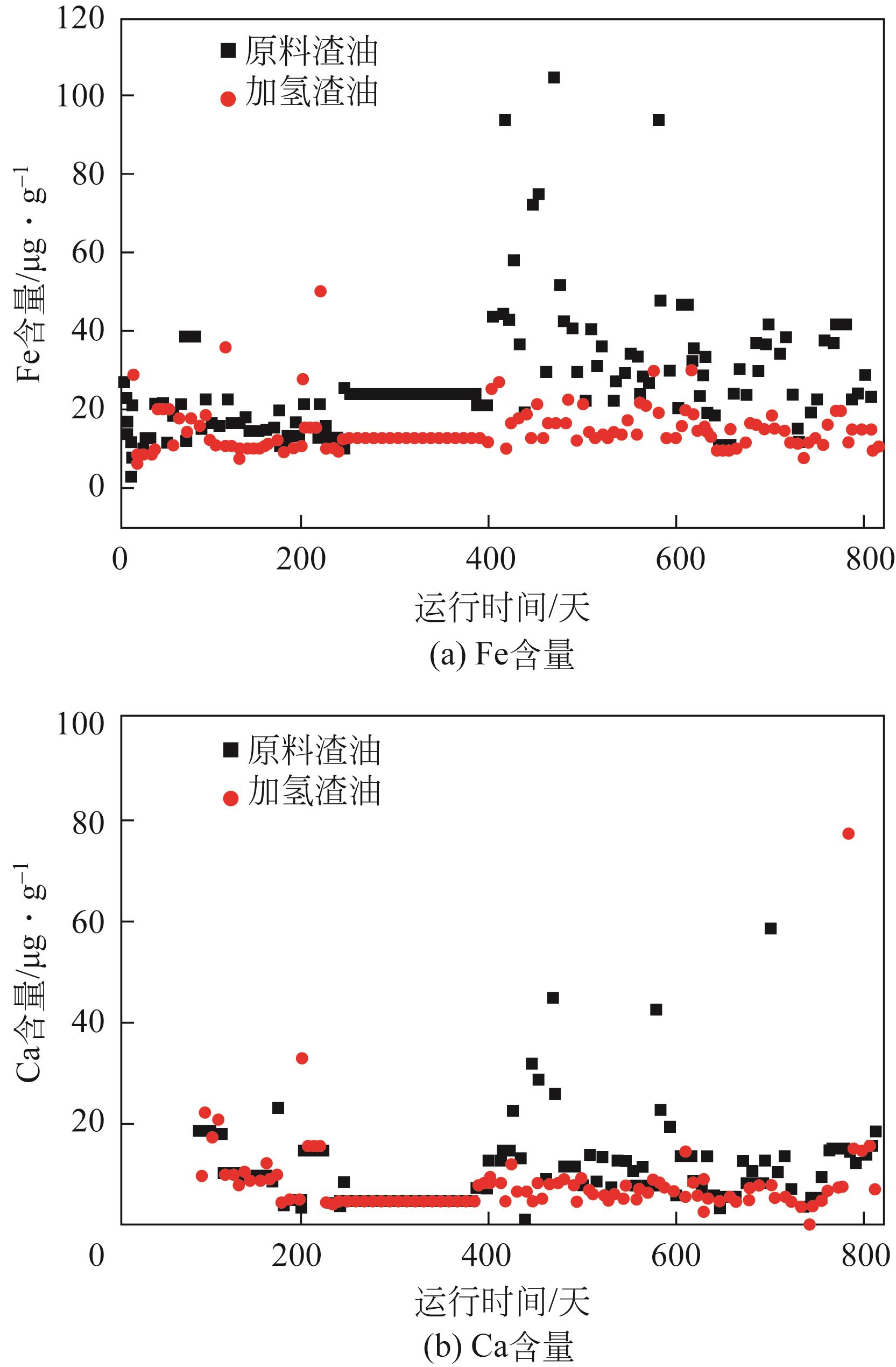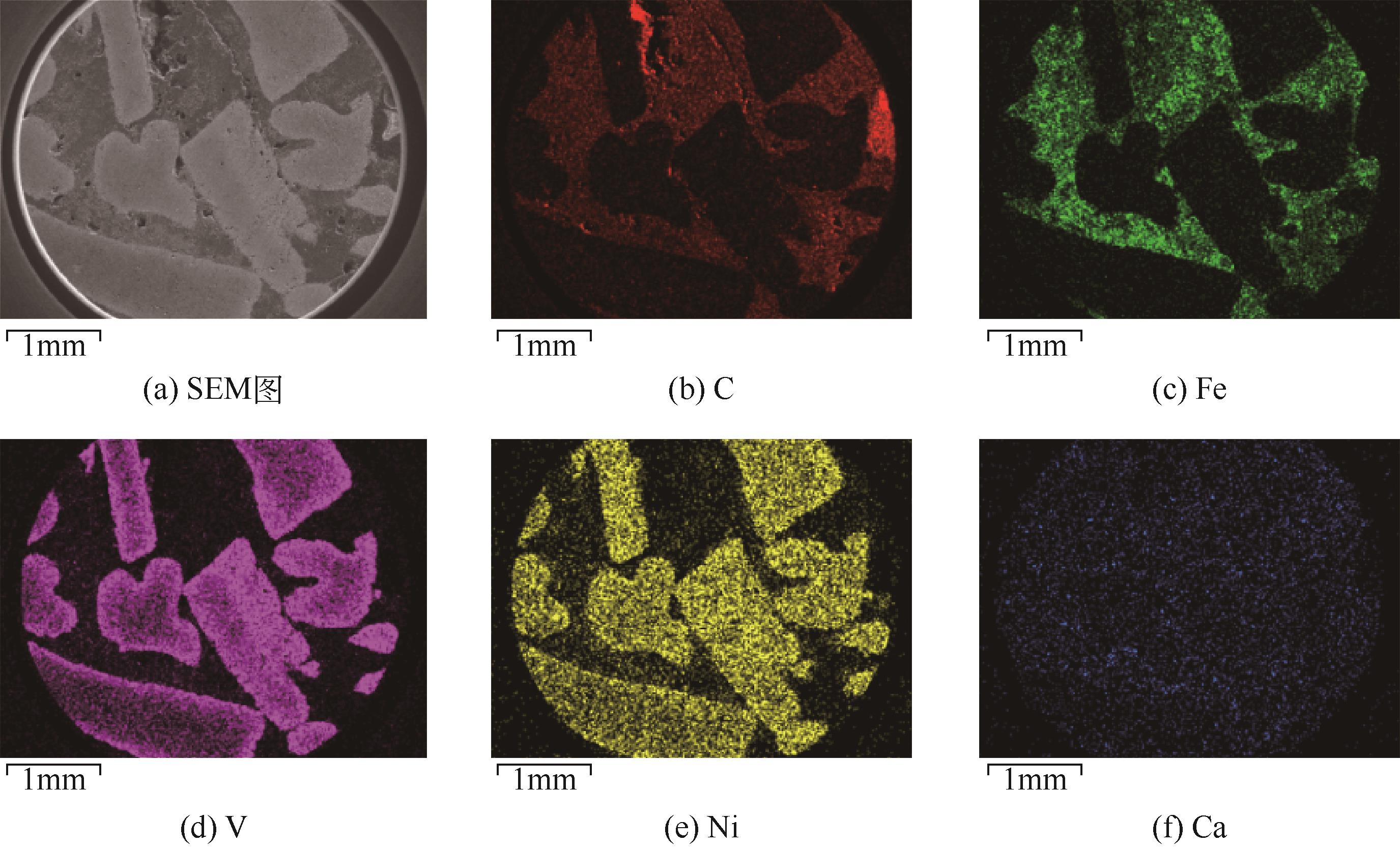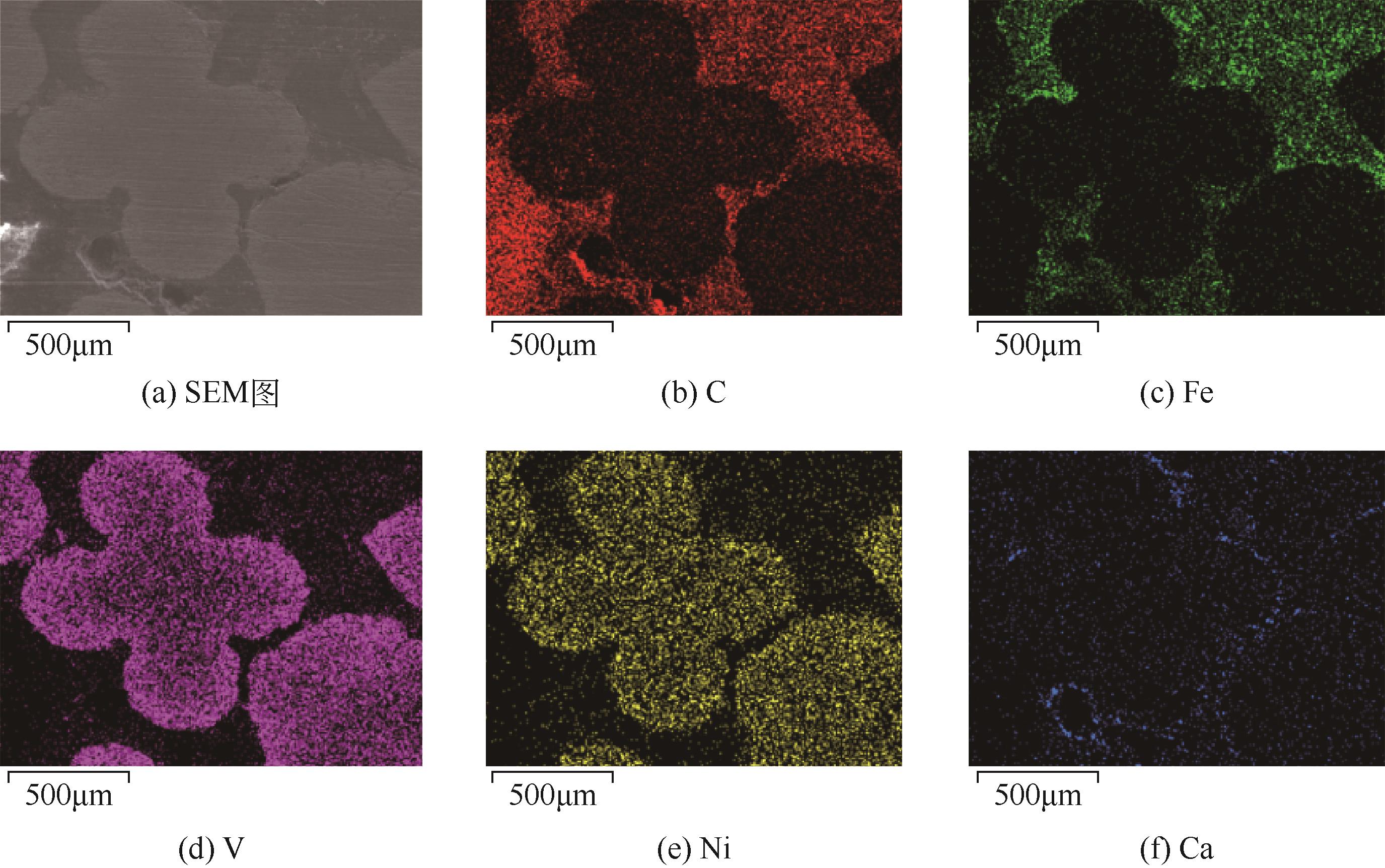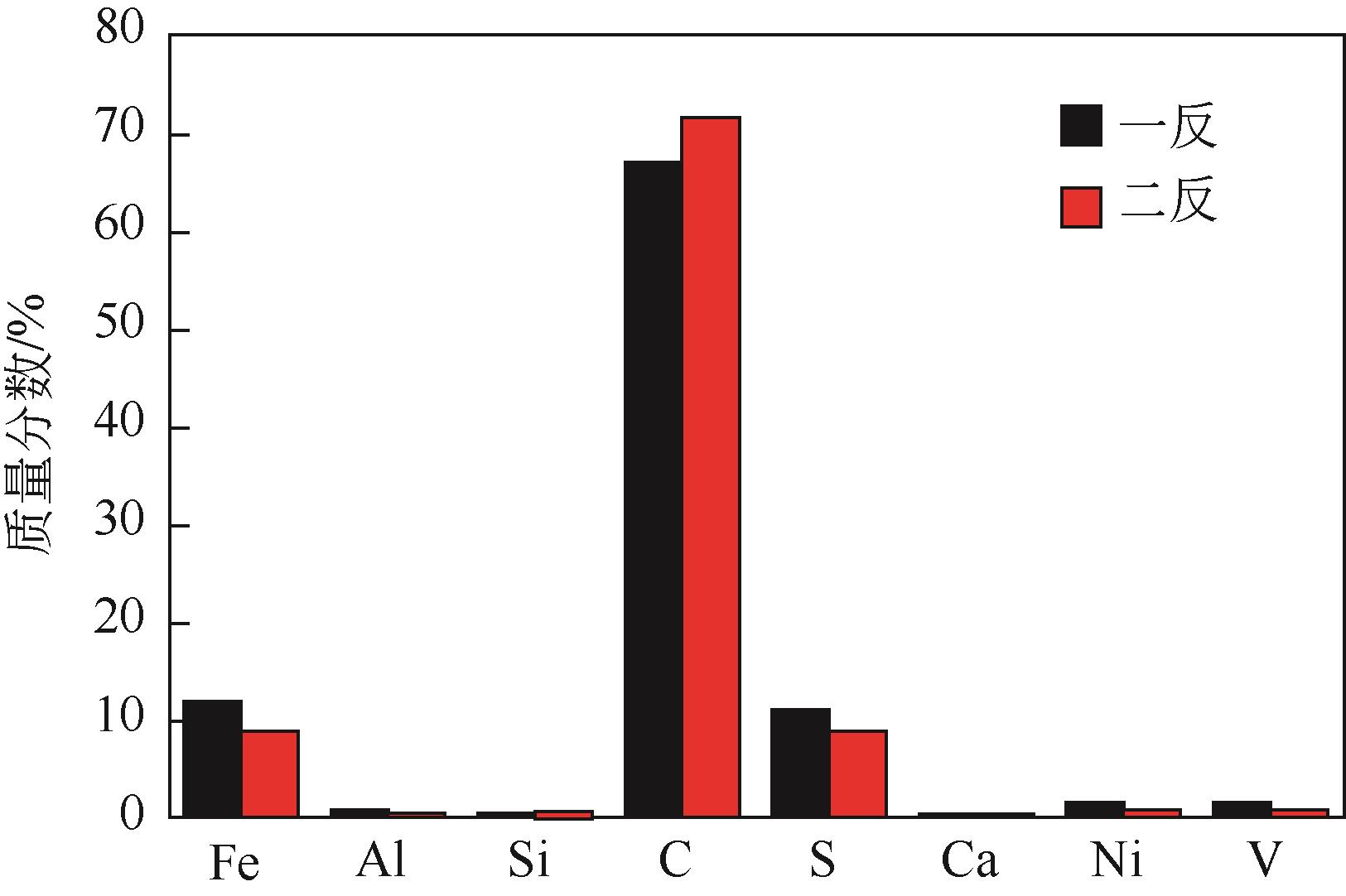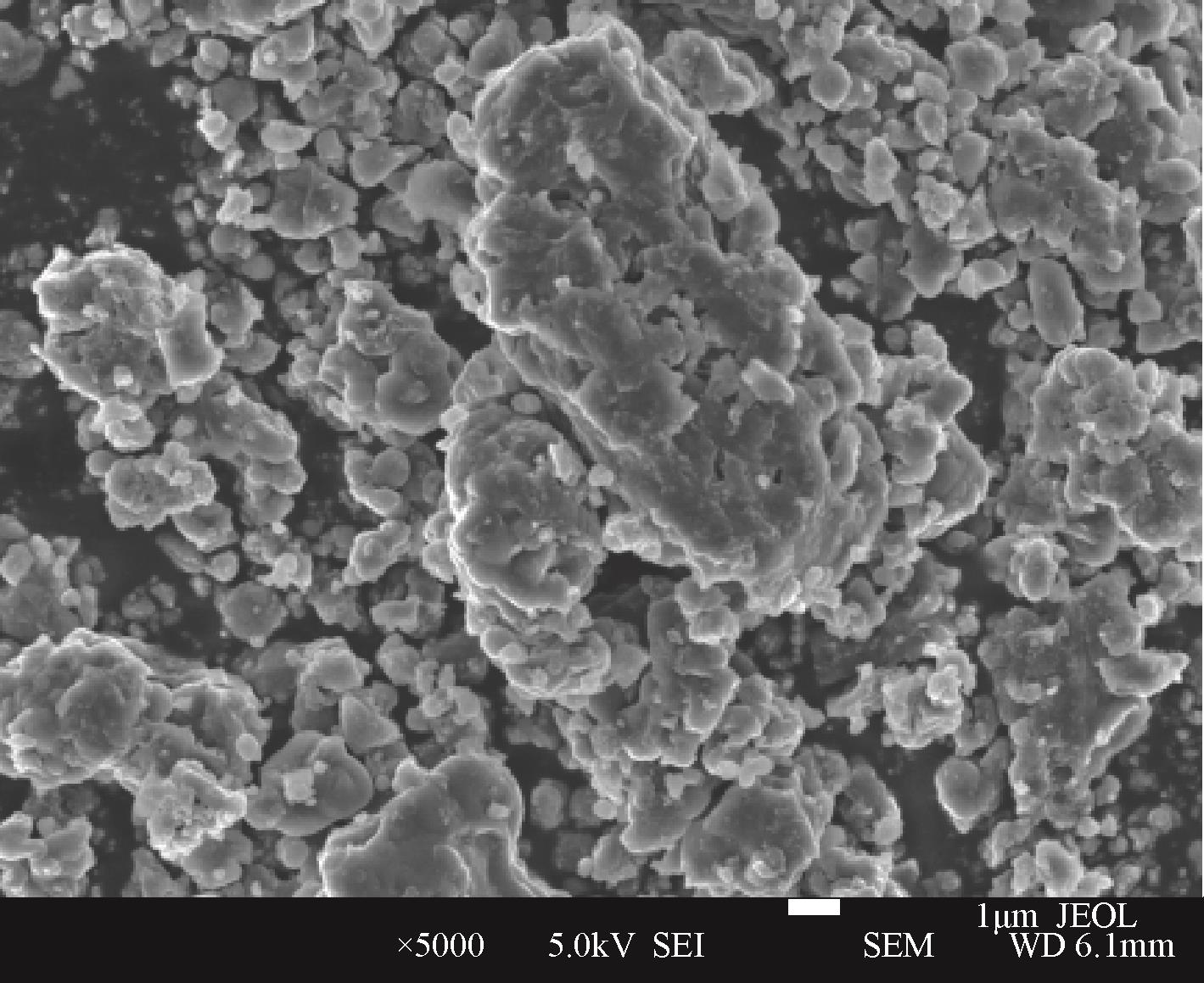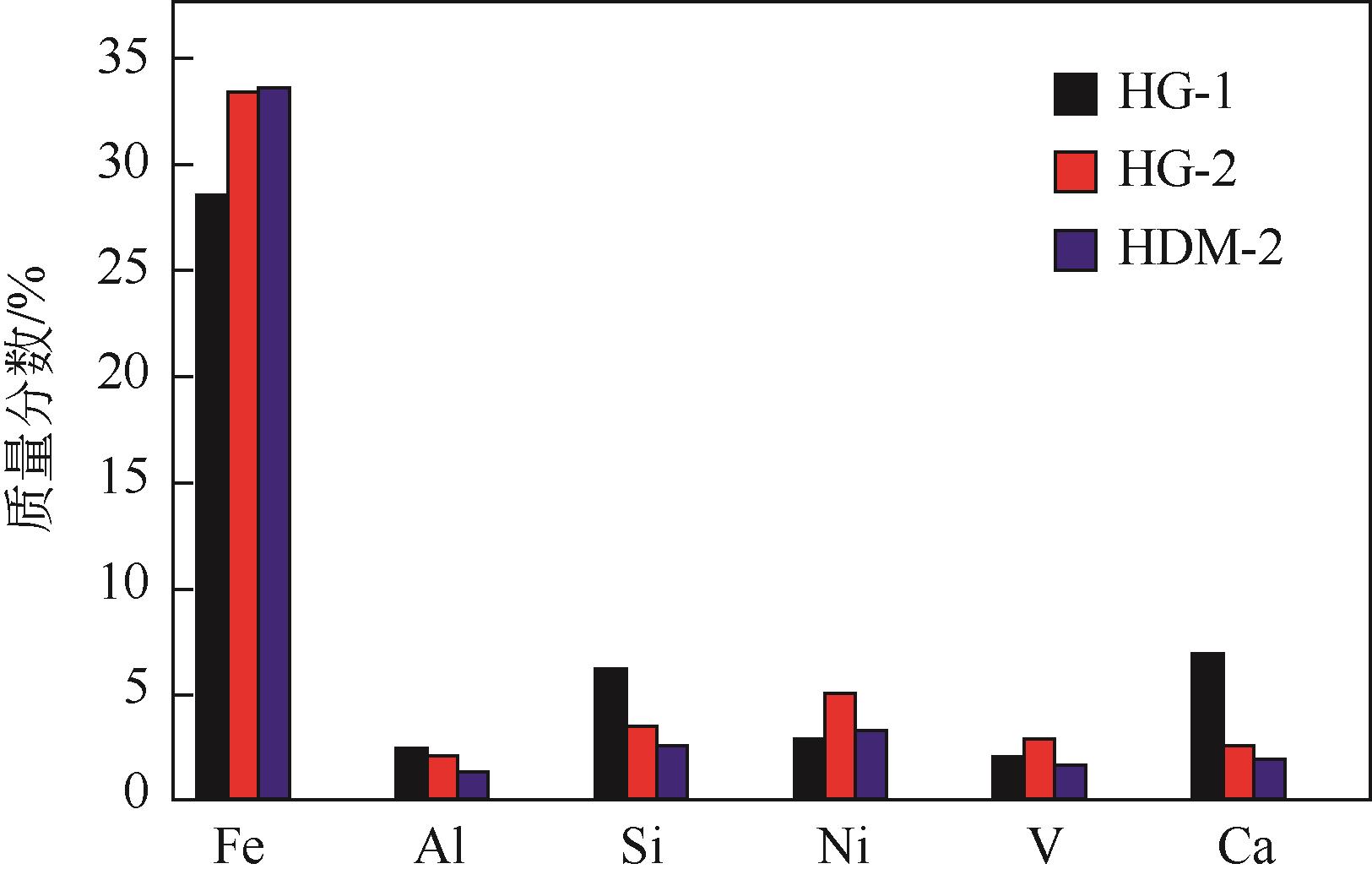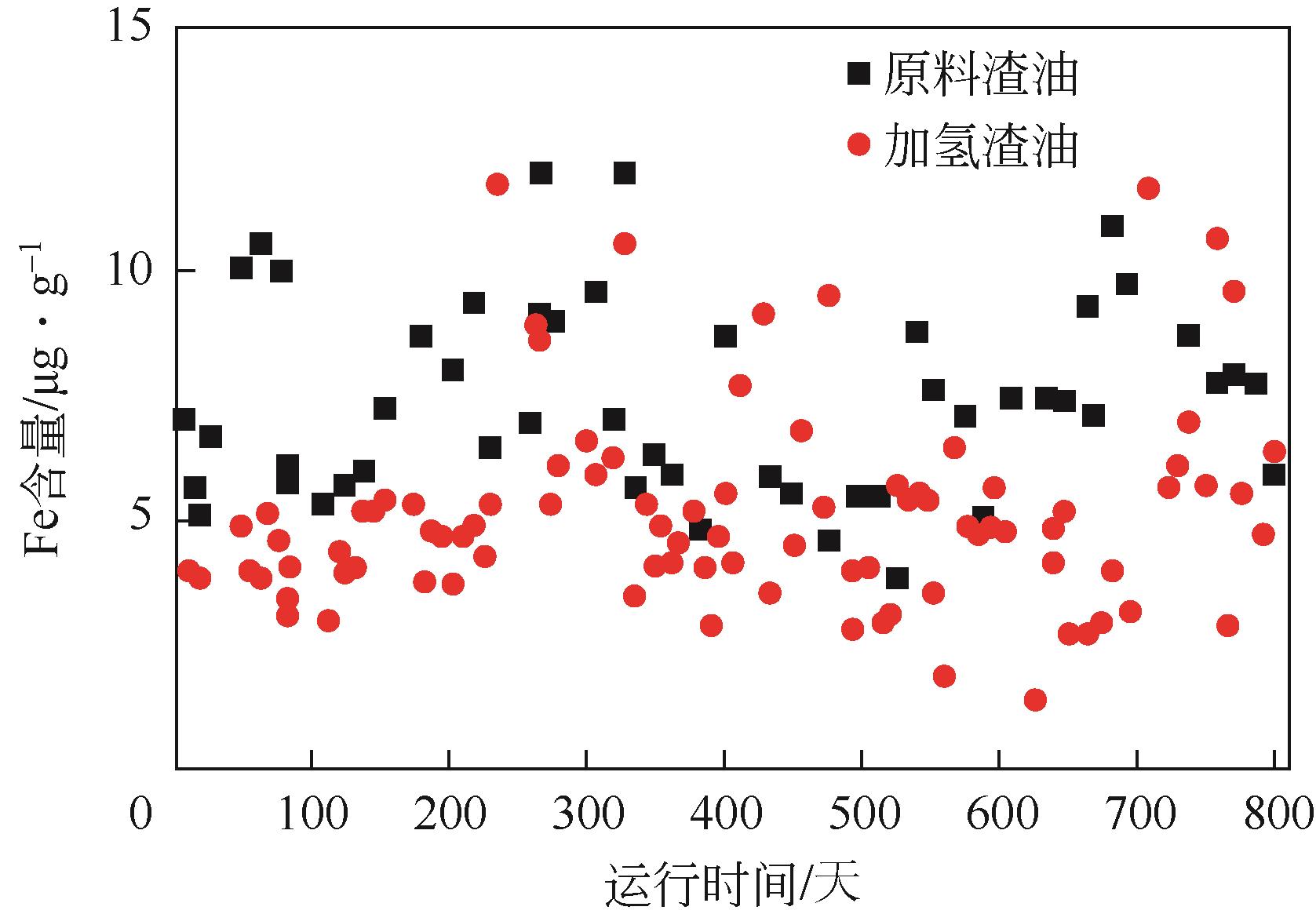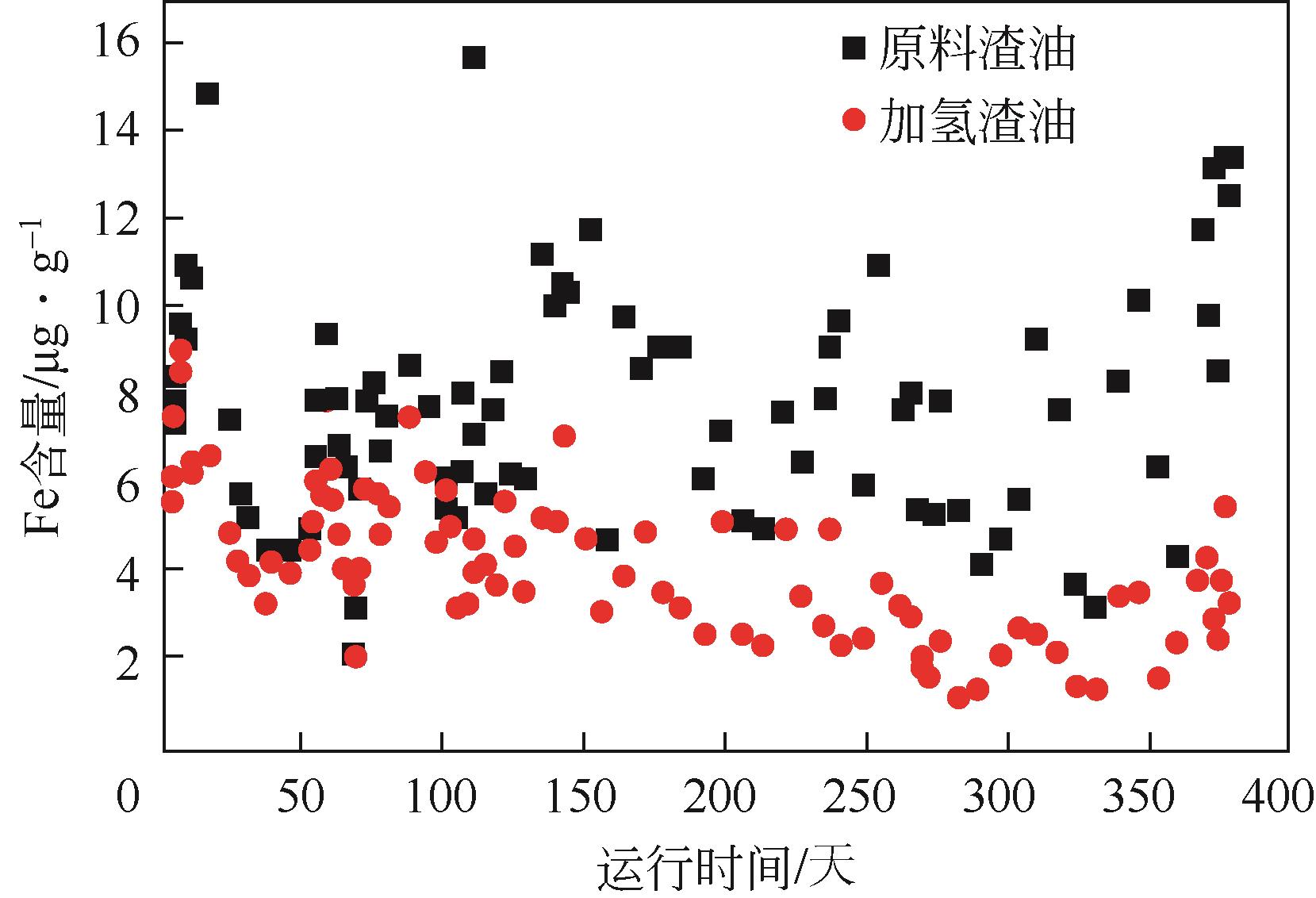| 1 |
方向晨. 国内外渣油加氢处理技术发展现状及分析[J]. 化工进展, 2011, 30(1): 95-104.
|
|
FANG Xiangchen. Development of residuum hydroprocessing technologies[J]. Chemical Industry and Engineering Progress, 2011, 30(1): 95-104.
|
| 2 |
钟英竹, 靳爱民. 渣油加工技术现状及发展趋势[J]. 石油学报(石油加工), 2015, 31(2): 436-443.
|
|
ZHONG Yingzhu, JIN Aimin. Present situation and progresses of residue processing technology[J]. Acta Petrolei Sinica (Petroleum Processing Section), 2015, 31(2): 436-443.
|
| 3 |
廖有贵, 薛金召, 肖雪洋, 等. 固定床渣油加氢处理技术应用现状及进展[J]. 石油化工, 2018, 47(9): 1020-1030.
|
|
LIAO Yougui, XUE Jinzhao, XIAO Xueyang, et al. Application situation and progress of fixed-bed residue hydrotreating technology[J]. Petrochemical Technology, 2018, 47(9): 1020-1030.
|
| 4 |
李大东, 聂红, 孙丽丽. 加氢处理工艺与工程[M]. 2版. 北京: 中国石化出版社, 2016: 1276-1287.
|
|
LI Dadong, NIE Hong, SUN Lili. Hydrotreating process and engineering[M]. 2nd ed. Beijing: China Petrochemical Press, 2016: 1276-1287.
|
| 5 |
邱开辉. 渣油加氢反应器床层压降升高原因及应对措施[J]. 化工管理, 2020(9): 157-158.
|
|
QIU Kaihui. Causes and countermeasures of pressure drop rise in residue hydrogenation reactor bed[J]. Chemical Enterprise Management, 2020(9): 157-158.
|
| 6 |
杨刚, 隋宝宽, 张成, 等. Fe在固定床渣油加氢处理装置中的沉积及对装置操作的影响[J]. 当代化工, 2017, 46(7): 1326-1328, 1332.
|
|
YANG Gang, SUI Baokuan, ZHANG Cheng, et al. Deposition of Fe in fixed bed residue hydrotreating unit and its effect on unit operation[J]. Contemporary Chemical Industry, 2017, 46(7): 1326-1328, 1332.
|
| 7 |
SUN Yudong, WANG Xue, WEI Cheng, et al. Research for structure and composition of coke on spent commercial residue hydrotreating catalysts along HDM bed[J]. Journal of Fuel Chemistry and Technology, 2019, 47(2): 167-173.
|
| 8 |
孙淑玲, 刁玉霞, 张进, 等. 组合SEM技术在渣油加氢失活催化剂表征中的应用[J]. 石油炼制与化工, 2015, 46(4): 97-102.
|
|
SUN Shuling, DIAO Yuxia, ZHANG Jin, et al. Characterization of spent residue hydroprocessing catalyst by combined SEM techniques[J]. Petroleum Processing and Petrochemicals, 2015, 46(4): 97-102.
|
| 9 |
宋宇, 辛靖, 尉琳琳, 等. 工业渣油加氢失活催化剂上沉积金属及积炭研究[J]. 石油炼制与化工, 2021, 52(4): 33-44.
|
|
SONG Yu, XIN Jing, WEI Linlin, et al. Study of coke and metallic impurities deposition on spent residue hydrotreating catalysts in industrial plant[J]. Petroleum Processing and Petrochemicals, 2021, 52(4): 33-44.
|
| 10 |
VOGELAAR Bas M, EIJSBOUTS Sonja, BERGWERFF Jaap A, et al. Hydroprocessing catalyst deactivation in commercial practice[J]. Catalysis Today, 2010, 154(3/4): 256-263.
|
| 11 |
邵志才, 贾燕子, 戴立顺, 等. 高铁钙原料渣油加氢装置长周期运行的工业实践[J]. 石油炼制与化工, 2015, 46(9): 20-23.
|
|
SHAO Zhicai, JIA Yanzi, DAI Lishun, et al. Industrial practice of long-term running of hydroprocessing residue with high Fe and Ca content[J]. Petroleum Processing and Petrochemicals, 2015, 46(9): 20-23.
|
| 12 |
RANA Mohan S, ANCHEYTA J, SAHOO Sangram K, et al. Carbon and metal deposition during the hydroprocessing of Maya crude oil[J]. Catalysis Today, 2014, 220/221/222: 97-105.
|
| 13 |
赵愉生, 崔瑞利, 牛贵峰, 等. 俄罗斯渣油加氢处理技术开发与工业应用[J]. 化工进展, 2022, 41(7): 3582-3588.
|
|
ZHAO Yusheng, CUI Ruili, NIU Guifeng, et al. Development and commercial application of Russian residue hydrotreating technology[J]. Chemical Industry and Engineering Progress, 2022, 41(7): 3582-3588.
|
| 14 |
郭大光, 戴立顺. 工业装置渣油加氢脱金属催化剂结块成因的探讨[J]. 石油炼制与化工, 2003, 34(4): 47-49.
|
|
GUO Daguang, DAI Lishun. Discussion on agglomeration of commercial residue HDM catalyst[J]. Petroleum Processing and Petrochemicals, 2003, 34(4): 47-49.
|
| 15 |
孙谦, 杨清河, 聂红, 等. 工业固定床渣油加氢装置卸出剂颗粒间焦炭结构与组成[J]. 工业催化, 2021, 29(8): 50-55.
|
|
SUN Qian, YANG Qinghe, NIE Hong, et al. Structureand composition of intergranular coke between spent catalyst of commercial fixed-bed residue hydrotreating unit[J]. Industrial Catalysis, 2021, 29(8): 50-55.
|
| 16 |
HAUSER Andre, STANISLAUS Anthony, MARAFI Abdulazem, et al. Initial coke deposition on hydrotreating catalysts. Part Ⅱ. Structure elucidation of initial coke on hydrodematallation catalysts[J]. Fuel, 2005, 84(2/3): 259-269.
|
| 17 |
王杰明, 徐茜, 邢丹静. 渣油中铁的形态分析方法研究[J]. 石油炼制与化工, 2018, 49(1): 79-82.
|
|
WANG Jieming, XU Qian, XING Danjing. Determination of iron species in residuum[J]. Petroleum Processing and Petrochemicals, 2018, 49(1): 79-82.
|
| 18 |
孙谦, 杨清河, 韩伟, 等. FeS沉积量对渣油加氢过程中结焦行为及焦炭结构的影响[J]. 石油化工, 2021, 50(9): 899-904.
|
|
SUN Qian, YANG Qinghe, HAN Wei, et al. Effects of FeS deposition on coking behavior and coke microstructure in residue hydrogenation process[J]. Petrochemical Technology, 2021, 50(9): 899-904.
|
| 19 |
谭青峰, 聂士新, 程涛, 等. PHR系列固定床渣油加氢催化剂的研制开发与工业应用[J]. 化工进展, 2018, 37(10): 3867-3872.
|
|
TAN Qingfeng, NIE Shixin, CHENG Tao, et al. Development and application of PHR fixed-bed residue hydrotreating catalysts[J]. Chemical Industry and Engineering Progress, 2018, 37(10): 3867-3872.
|
 ), 崔瑞利1, 宋俊男1, 张天琪1, 张耘赫2, 梁世杰3, 朴实2
), 崔瑞利1, 宋俊男1, 张天琪1, 张耘赫2, 梁世杰3, 朴实2
 ), CUI Ruili1, SONG Junnan1, ZHANG Tianqi1, ZHANG Yunhe2, LIANG Shijie3, PU Shi2
), CUI Ruili1, SONG Junnan1, ZHANG Tianqi1, ZHANG Yunhe2, LIANG Shijie3, PU Shi2
